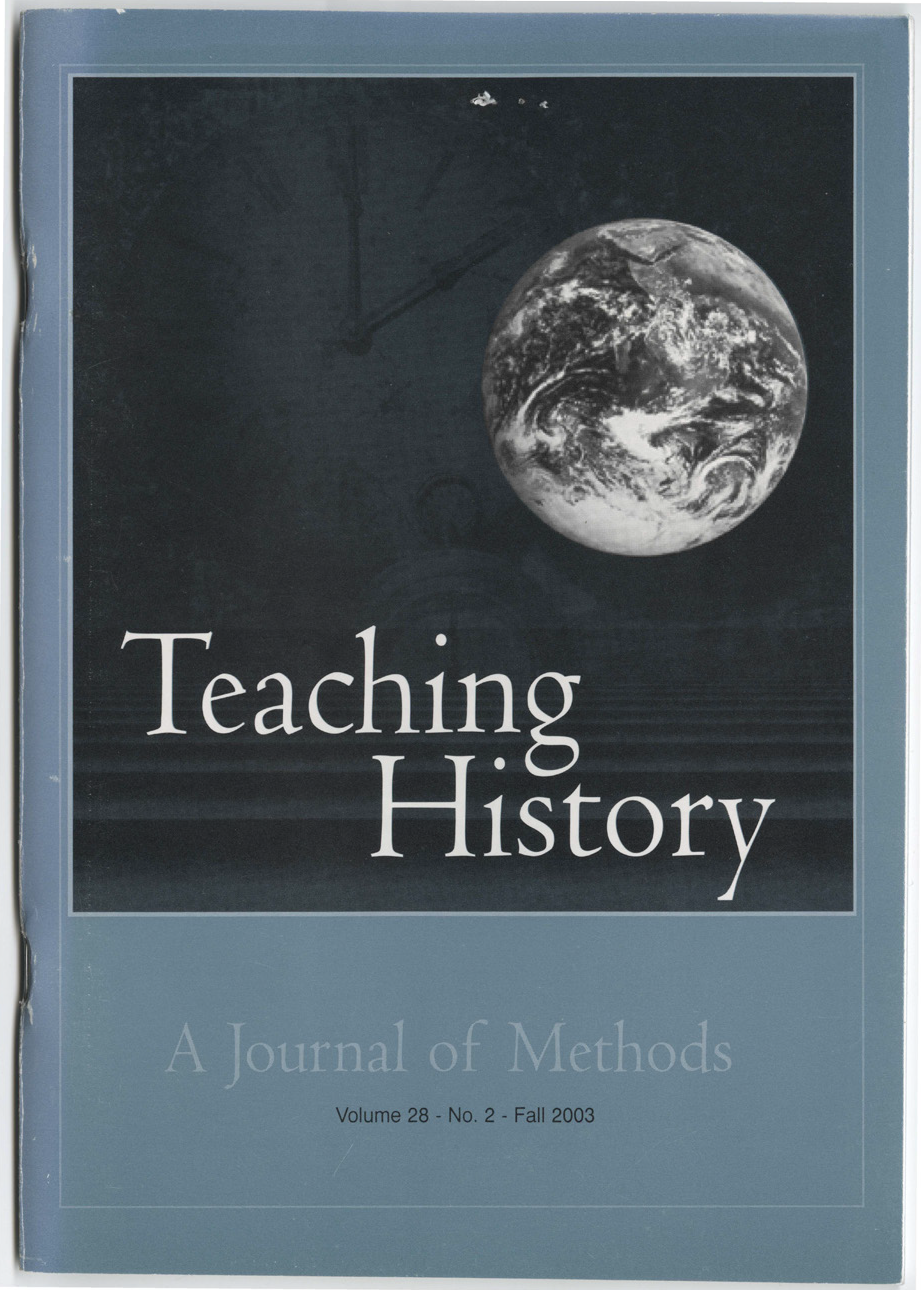Wounded Knee, 1890
Historical Evidence On Trial In The Classroom
DOI:
https://doi.org/10.33043/TH.28.2.59-69Abstract
On December 29, 1890, the Seventh Cavalry of the United States Army killed approximately 300 Sioux Indians near Wounded Knee Creek in South Dakota. The Army had come to disarm and detain the Sioux in order to suppress the unrest associated with an emerging religious movement known as the Ghost Dance. While the soldiers were disarming the Sioux and separating the men from the women and children, a shot was fired. In the chaos that followed, soldiers gunned down and stabbed Sioux men, women, and children. Some who did not die instantly crawled away only to freeze to death in the coming blizzard. The day's bloodshed not only represented a tragic defeat for the Sioux, but also the definitive conquest of the American West by the U.S. Army. While Indian resistance would reemerge (and native population would increase dramatically) in the next century, the incident at Wounded Knee marked a turning point in American history.
Downloads
Downloads
Published
How to Cite
Issue
Section
License
Copyright (c) 2003 Andrew Johnson

This work is licensed under a Creative Commons Attribution-NonCommercial-NoDerivatives 4.0 International License.
By submitting to Teaching History, the author(s) agree to the terms of the Author Agreement. All authors retain copyrights associated with their article or review contributions. Beginning in 2019, all authors agree to make such contributions available under a Creative Commons Attribution-NonCommercial-NoDerivatives 4.0 International license upon publication.



